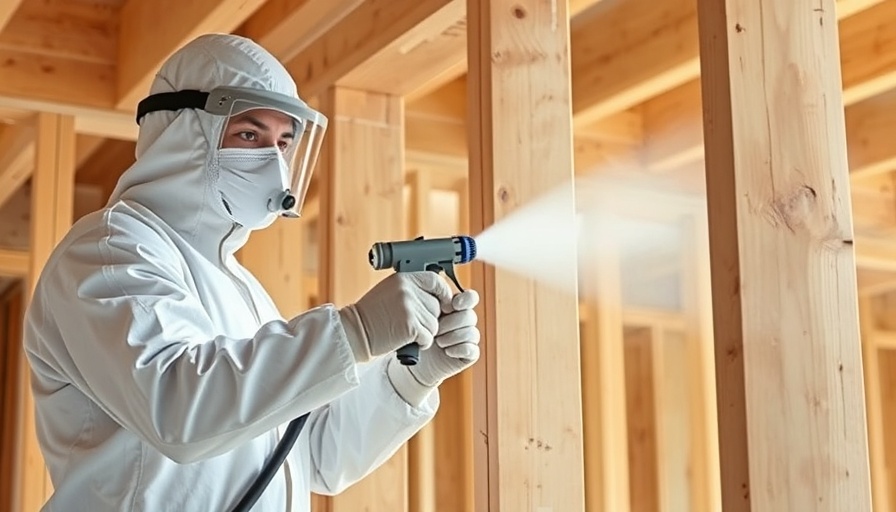
The Hidden Dangers of Mold Under Your Basement Floor
Basements are notorious for being cool, damp places, making them ideal breeding grounds for mold. Left unchecked, mold growth can lead to serious consequences, both for your health and your property. Understanding the root causes of mold and how to prevent it is essential in maintaining a safe and healthy home environment.
Why Basements Are Prone to Mold
Mold thrives in environments that are dark, cool, and moist, and basements often provide just that. According to the CDC, common types of mold found in residential settings include Cladosporium, Penicillium, and the infamous black mold, Stachybotrys chartarum. The conditions that promote mold growth are often readily available in basements: temperatures between 60°F and 80°F, high humidity levels, and ample organic materials for it to feed on, such as wood and drywall.
Understanding Moisture Sources
In basements, excess moisture can originate from a variety of sources, exacerbating the mold problem. It may result from leaks in pipes, seepage through cracks in the walls, or even water entering through windows during heavy storms. Additionally, activities like doing laundry can release moisture into the air, further increasing humidity levels. This is why it's vital to identify and address moisture sources as part of mold prevention.
Effective Strategies to Prevent Mold Growth
Preventing mold in your basement is almost always easier and more cost-effective than dealing with an infestation. Here are some expert-recommended strategies:
- Repair Leaks: Ensure that any leaks in plumbing are fixed promptly. Leak detection can save you from significant future mold-related expenses.
- Improve Ventilation: Good airflow is critical. Use exhaust fans and open windows when possible to encourage fresh air circulation.
- Utilize Dehumidifiers: Running a dehumidifier can help keep humidity levels below 60%, creating an inhospitable environment for mold.
- Insulate Pipes: Insulated pipes can prevent condensation that leads to moisture accumulation, significantly reducing the risk of mold.
Why Mold Remediation Matters
If mold does appear, it's crucial to act swiftly. According to The Environmental Protection Agency (EPA), homeowners should engage professional mold remediation services for extensive infestations or if health concerns arise. It’s important to treat mold seriously, as prolonged exposure can lead to serious health conditions, particularly for those with allergies or respiratory issues.
Taking Proactive Measures
Incorporating long-term solutions such as waterproofing your basement can dramatically decrease the possibility of mold returning. Strategies include installing a sump pump, French drains, and proper exterior drainage systems to systematically keep moisture away from your home. Additionally, using mold-resistant paints and construction materials can help establish a barrier against infestations.
Regular Maintenance is Key
Even after implementing various strategies, regular inspections for signs of mustiness, discoloration, or visible mold patches are essential. Invest time in cleaning, maintaining proper ventilation, and controlling humidity levels to ensure a mold-free environment.
The Why Behind Mold Prevention
Understanding the profound health risks associated with mold underscores the importance of prevention. Mold exposure can cause allergic reactions, respiratory problems, and even chronic health issues. Keeping your basement free from mold isn't just about preserving your home; it’s about safeguarding your wellbeing.
Incorporating proactive steps today can provide peace of mind tomorrow. Mold is treatable, but prevention is the best cure. With careful attention to your basement’s environment, you can thwart mold growth before it becomes a significant issue.
 Add Row
Add Row  Add
Add 




 Add Row
Add Row  Add
Add 

Write A Comment